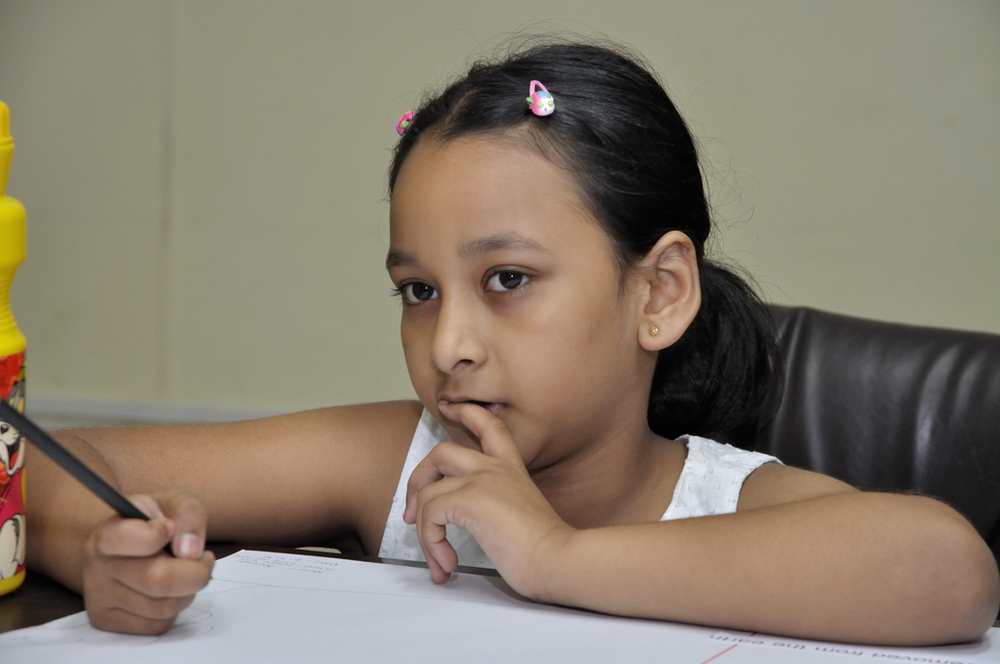
This week we saw growing evidence of the fact that placement stability may be the most important goal we can set for children in the foster care system. Eric Adler’s recent article, Frequent moves don’t just harm foster kids’ emotions – they hurt their brains, part of the Kansas City Star’s 6-part series, Throwaway Kids, gives us a window into the lives of children who experienced multiple placements and discusses the work of researchers who are studying the effects of multiple placement moves on the brains of children who are forced to live this way. Meanwhile, halfway across the country, child welfare practitioners and child psychologists at the Florida Department of Children and Families’ (DCF) Child Protection Summit are talking about the same thing. They are confirming what we’ve know for a long time, which is that multiple placement moves are extremely traumatic for children in foster care. There is, however, also a new message: the brains of children who experience multiple placement moves during foster care are physically impacted.
Adler writes about the lives of several foster children who endured a startling number of placements during their episodes in foster care. Their accounts of their lives include descriptions that are disturbingly common for children in foster care: violence, self-harm, sexual abuse, neglect, and a lack of attachment. One five-year-old was so accustomed to moving to new placements, that during a short visit to the house of one of her foster mother’s clients, she instinctively found her way to a room in this new location, laid down and hid herself under her raincoat. When asked about her unusual behavior in this stranger’s house she responded, “I thought it was my new home.”
While this may seem like odd behavior for a five-year-old, Adler discusses the work of several researchers from around the country who might be able to help explain this type of reaction. The answer could have to do with the effect of multiple placement moves on a child’s brain development. University of Oregon psychologist Philip Fisher, director of the university’s Stress Neurobiology and Prevention Lab, offers a striking discovery: “The available empirical evidence suggests that placement instability and other family chaos is associated with disrupted development of the brain’s prefrontal cortex.”
Proof that this idea is gaining traction in various parts of the country came this week during a session at the DCF’s Child Protection Summit where child psychologists Kelley Hutto and Rachel Scharlepp from Play Big Therapy presented alongside the DCF’s Children’s Ombudsman, Heather Rosenberg. One of their central messages during this presentation was the idea that brain functioning is “reversed” when children experience foster home disruptions. Citing specific research, however, they offered that there was substantial evidence that achieving placement stability for children would “mitigate the impact of adversity” resulting from frequent placement moves, and that “children in stable foster homes are able to catch-up over time.”
Many child welfare practitioners will find these insights easy to believe – perhaps even something they have suspected throughout years of working to meet the needs of children in foster care. This type of research helps to bring a level of focus on a problem that persists throughout foster care systems across the country. The more we learn about the effects of multiple placement disruptions for children in foster care, the more detrimental placement instability seems to become.
Our hope is that these types of insights will create a renewed interest in the goal of placement stability for every child in foster care. Pursuit of this goal should include not only better placement decisions from the outset, but also a recognition that placement stability is a complex problem that can be improved through better recruitment and retention of foster homes, and a more streamlined foster home licensing process. The sooner we can start improving placement stability systemically, the sooner we can start improving the neurocognitive development of our children in foster care.


